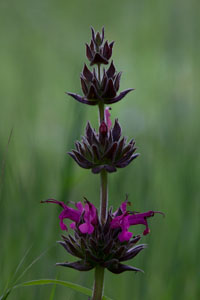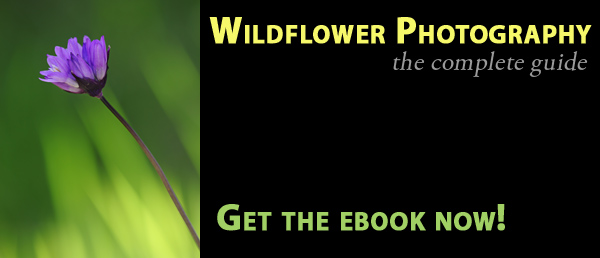
There could be a lot of reasons why this happens. Maybe your camera’s metering mode doesn’t work well for a particular scene.
Or, the more likely issue is that your camera’s LCD screen appears much brighter when you’re outdoors in the sunlight. So, when you take a photo and preview it on your camera, the photo looks a lot brighter than it actually is.
Have you ever gone out and shot a bunch of photos that looked totally fine on your camera’s LCD screen, but then when you got home and opened the photos on your computer they looked super underexposed?
Don’t worry, this is a very common problem, and something that took me a long time to overcome. It’s so hard to ignore what you see on that LCD!
Why exposure is important
With all the great post-processing software we have today (combined with the power of RAW images), you might be wondering why it’s such a big deal to get a proper exposure–can’t you just correct that in post-processing?
Well, you definitely can correct small exposure problems, but if an image is really underexposed, then when you try to brighten it up you’ll most likely introduce a lot of noise and posterization. This can destroy images where smooth gradients are important (such as sunsets or close-up photos).
Here’s a crop of an image that shows how important it is to get a good exposure:

Notice how in the properly exposed photo there’s significantly less noise AND the color is more accurate (this is a crop from a photo of the sky).
How to get a good exposure
Okay, so underexposing a photo can cause a lot of harm to an image, but how do you ensure you get a good exposure?
Well, with digital photography we’re lucky to have a very powerful tool on our cameras: the histogram. I’ve talked about the histogram here on PN before, so here’s a few posts that will get you up to speed:
Of course, sometimes the best moments in nature only last a few seconds, so you won’t always have time to check your histogram and adjust the exposure as needed. But, when you DO have the time, it’s a tremendously useful tool.
When you don’t have the time to rely on the histogram, then you might just have to rely on your camera’s autoexposure or as you get more experience with photography you’ll eventually be able to look at a scene and instantly know what exposure you need.
Get more great tips in our free weekly newsletter.
 About the Author: Steve Berardi is a naturalist, photographer, software engineer, and founder of PhotoNaturalist. You can usually find him hiking in the beautiful mountains and deserts of southern California.
About the Author: Steve Berardi is a naturalist, photographer, software engineer, and founder of PhotoNaturalist. You can usually find him hiking in the beautiful mountains and deserts of southern California.
